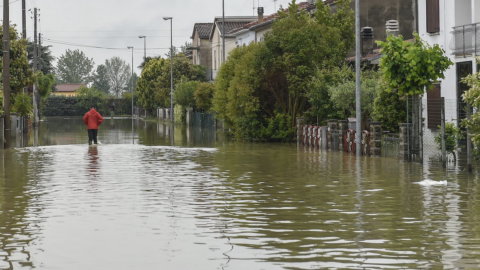Civil unions, finally a law in Italy too even if we arrive last in Europe.
In France, the 1999 law introduces the pacte civil de solidarité (PACS), a contract between two adults of the same or different sexes in order to organize their life together. And with the 2013 law comes same-sex marriage and the possibility for such couples to access adoptions after marriage.
In Germany, since 2001, there has been a registered partnership for same-sex couples.
In England there is the “Civil partnership Act 2004”: it deals with “cohabitation agreements” between people of the same sex.
In Spain, a national law of 2005 introduces the possibility of marrying even for same-sex couples
If we then broaden our gaze, in Switzerland, for example, there has already been regulation on homosex civil unions since 2004, in Slovenia since 2005, in the Czech Republic since 2006, in Hungary and Austria since 2009, and then Malta, Estonia, Croatia ( 2014), Cyprus and Crete (2015).
As for same-sex marriages, Holland has already regulated them since 2001, followed by Belgium (2003, ) Norway (2008), Sweden (2009), Iceland and Portugal (the latter is the only one not to allow adoptions), Denmark (2012), Finland and Luxembourg (2014) and Ireland by referendum in 2015.
In Italy, according to the 2011 census, there are 1.242.434 cohabiting couples (8,9% of the total against 3,6% ten years earlier). And there would be over 7.500 homosexual couples living together. However, Istat considers the figure "underestimated because it collects only those people who have chosen to declare their emotional relationship and their cohabitation"





